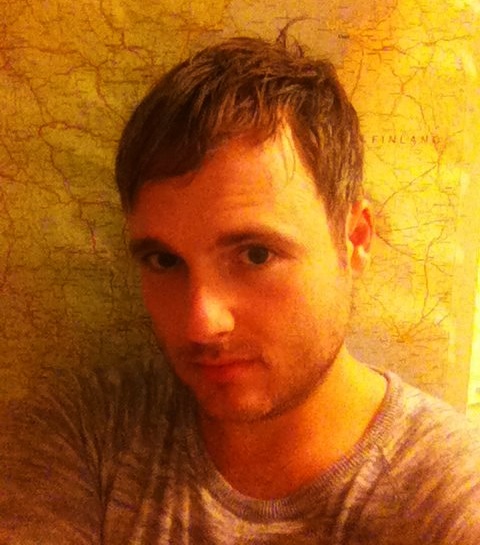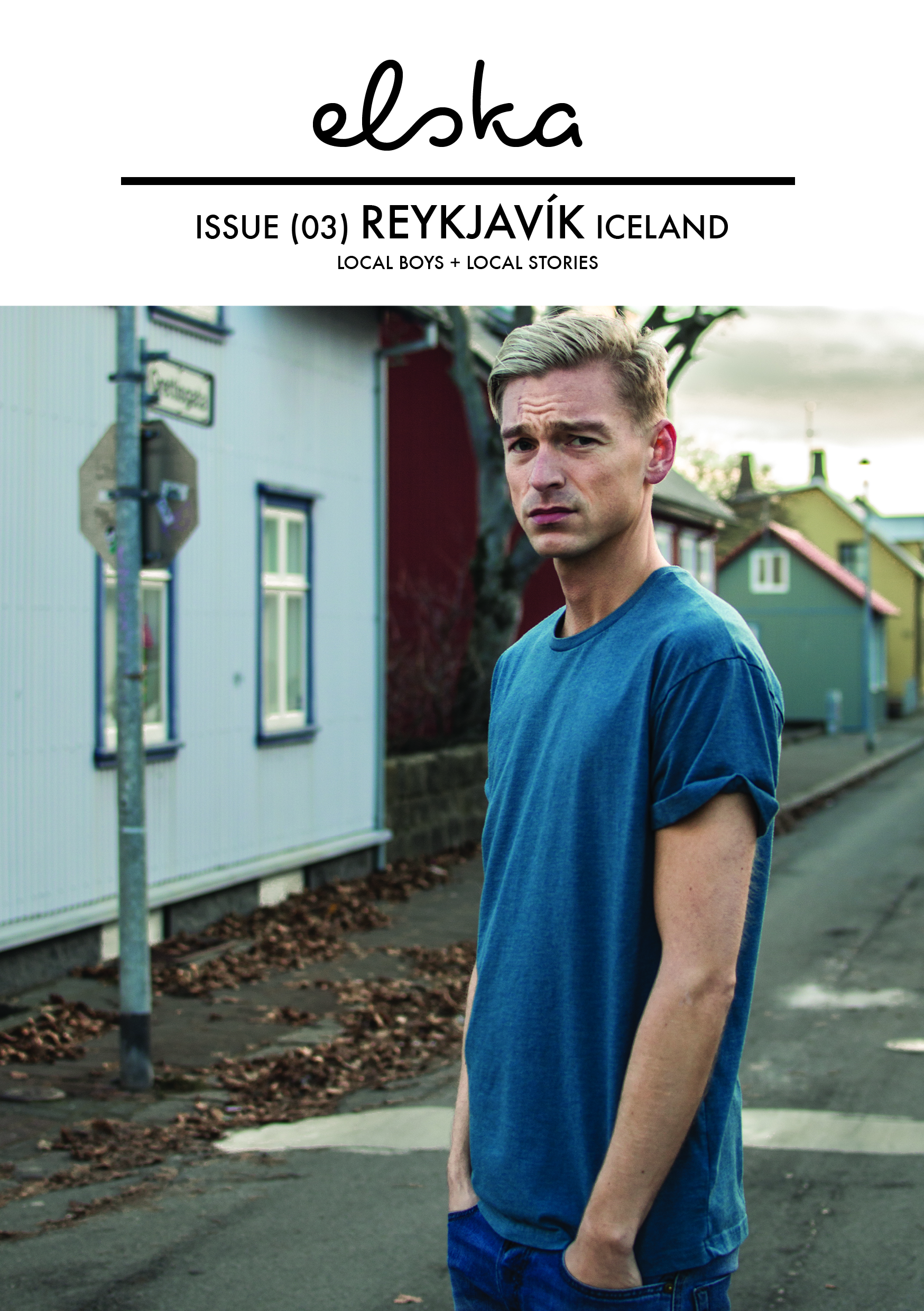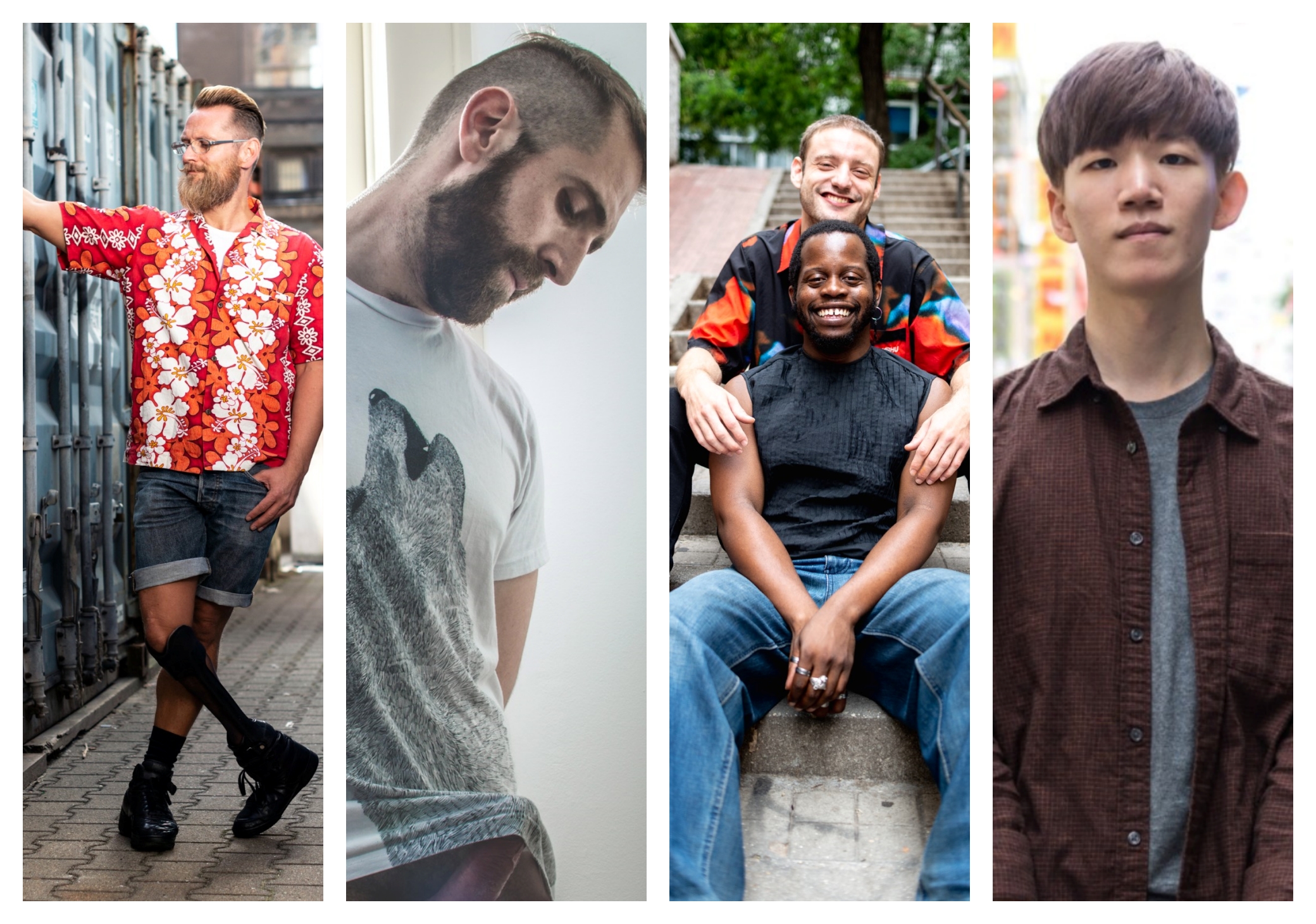Akureyri to be featured in men’s magazine Elska.

“I am coming to photograph guys in and around Akureyri for what is set to be Elska’s 54th issue,“ says Elska editor and chief photographer Liam Campbell, about the magazines upcoming visit to Iceland.
If I could, I’d make an Elska in every city in Iceland.
Liam says he’s been wanting to shoot another Icelandic issue for a long time, and finally he’s decided to go for it. But why Akureyri, a town in the north of Iceland?
“If I could, I’d make an Elska in every city in Iceland. However, because I have a project that involves finding several local queer men willing to be photographed and published, I need a larger city. Since I’ve already published an issue made in the capital region, Akureyri seems like the obvious choice.“
According to Liam he’s already been in touch with some local lads.
“I do have a couple guys, but I’ve actually not started searching for participants yet,“ he says and explains that this year he launched a new era of Elska, where each city can be tackled more spontaneously. Previously he’d choose what city to take Elska to based on how many men he was able to find in advance; now he’s just going where he wants and worrying about meeting people later. “It sounds scary, but so far it’s working, and I find this approach super inspiring!“
The first Elska with this new method was made in Odesa, Ukraine, and it just came out this month.
“Whether this approach will work in Akureyri, a city of 20,000 as much as it did in Odesa, a city of one million, I’m not sure,“ Liam admits, “but I’m hopeful! Or at least I’m willing to try.“
This year it’s almost ten years since Iceland was featured in Elska; Elska Reykjavík was shot in the autumn of 2015 and published in early 2016. Liam says the Reykjavík edition was huge.
“My normal maximum number of participants in a city is twelve, because that’s the amount I have enough pages for in a book. However, I ended up meeting and photographing eighteen men there. Word had spread beyond my wildest expectations and I didn’t have the heart to say no to anyone. I had to publish a good number of them in an e-publication, our sister publication called Elska Ekstra. While this is a good option, I would prefer to meet less people so I can fit everyone in the print book — it feels like the best way to honour someone’s participation to put them on paper.“
I am trying to portray diverse kinds of men beautifully in order to prove that these people are beautiful whatever their age, body type, ethnic origin, etc.
Asked what it was like doing an issue on Reykjavík, Liam says two things spring to mind. “First of all, a lot of the Reykjavík guys wanted to do their shoots out in nature rather than in an urban environment,“ he recalls, “which I suppose shows what reverence Icelanders have for their landscapes. The other thing is that although people seemed easygoing about being in the issue, they generally didn’t want to be naked.“
Nudity is always an option in an Elska photoshoot, but the Reykjavík issue has one of the lowest amounts of nudity in the history of Elska according to Liam.
“I’m not sure if this is about reservedness, or if it’s about being a small society and feeling a little embarrassed that someone’s mum or boss or neighbor might stumble across their naked pics when flipping through a copy at a bookshop.“ He says he’s very curious how both of these factors will play out in Akureyri. “Will the guys also want to shoot out in nature and will they prefer to be a little more modest in their photos?“

Liam likes to add the ‘his Reykjavík lads’ were a breeze to work with. And really generous and sociable too. “For example, one of the guys offered to pick up my assistant Andriy from the airport when he arrived a day before me, and also let him crash at their place for that first night,“ he recalls. “Some of them were also inviting us out, but sadly we had to decline, since our week was so full with shooting.“
Asked why he choose Elska, the Icelandic word meaning to love, as a title for the magazine, Liam says he’s always felt inspired by Iceland, so it just felt natural to him to choose an Icelandic name for it.
“I chose ‘Elska’ for two reasons. Firstly, whether you know what it means or not, it’s easy to pronounce whatever your native language is. And I think it just sounds cool,“ he says.
“Secondly, I liked how this word embodied my intent with Elska. Although in many ways this is a magazine filled with pictures of scantily-clad men, I don’t do this kind of photography because of lust or voyeurism. Rather I am trying to portray diverse kinds of men beautifully in order to prove that these people are beautiful whatever their age, body type, ethnic origin, etc. For me, attraction comes from a place beyond physical appearance, it’s about connection, and I thought that if I could present these men in a way that revealed some of their personality and their story, readers could fall in love with them.“
But why this fascination with Iceland?
“It’s a pretty common queer experience that you’re not totally comfortable in your own home town. Iceland was the first foreign country I visited on my own, back when I was eighteen. I didn’t fully know myself then, including in terms of sexuality, but as soon as I arrived, I felt an immense freedom, I was able to be myself for the first time because I was in a place full of strangers. But it was the way these Icelandic strangers treated me that cemented my ‘Icelandophilia’. Like when I told the receptionist at the hostel I stayed at that I liked him, which is something I’d never told another boy before, he wasn’t shocked or embarrassed at all (even though he let me down). And when later at a nightclub on Laugavegur I told a girl who’d been trying to snog my face off that I thought I was gay, she called over her friend and tried to create a love connection between us. These experiences made me feel confident about being gay, and more importantly, made me realise that being gay was nothing to worry about.“
The ’new era’ I’m embarking on, which Elska Akureyri will be a part of, brings Elska closer to a documentary style than ever before. In the Reykjavík issue, the stories were sort of disconnected, but in Akureyri there will be a single narrative to tie the entire book together.“
This was back in 2001 and Liam says Iceland has changed in many ways since then. For example he says that even in 2015, when he shot the Reykjavík edition, he was shocked by how much tourism had exploded.
“I believe it was a rainy Tuesday morning in November when we decided to do a shoot at Reynisfjara, but even then it was packed with tourists, making it difficult to take photographs that didn’t include uninvited foreigners dressed in full-body parkas like big colourful penguins,“ he recalls. “Indeed the reason I’m tackling Akureyri in early February is in hopes that I’ll escape such crowds.“
But Iceland hasn’t only changed a lot in these past years, so has Elska, mostly because Liam has become more skilled as a photographer, editor, and writer. But there are more substantive changes as well.
“The ’new era’ I’m embarking on, which Elska Akureyri will be a part of, brings Elska closer to a documentary style than ever before, especially in terms of the writing component,“ he explains. “In the Reykjavík issue, the stories were sort of disconnected, but in Akureyri there will be a single narrative to tie the entire book together.“
Essentially Liam intends on travelling to Akureyri with the loosest of plans and ideas.
“Each day, and after meeting and photographing each participant, I will be taking extensive notes in my diary. These notes will then become the narrative of the book. I have no idea what the story of this edition will be until I get there, and everything depends on what plays out, who I meet, what we do together, how the place and the people make me feel.“
Liam says he will be shooting in Akureyri during the first week of February. Adding that the best way to get in touch with him is to send a message on Instagram (@elskamagazine) or fill in one’s details at bit.ly/elskans.
Photos / Courtesy of Elska Magazine


